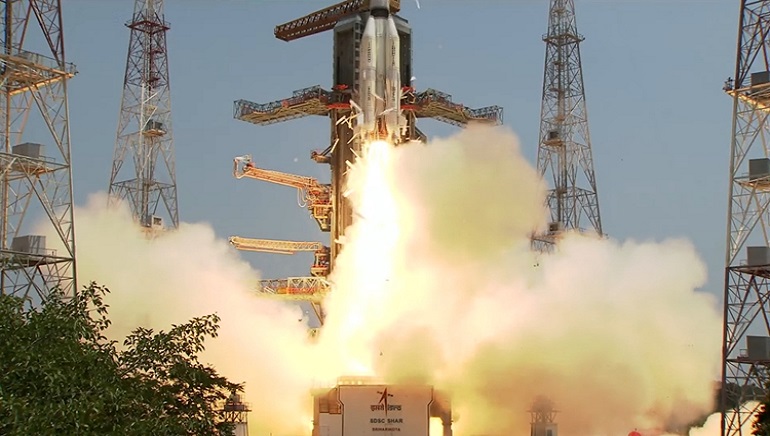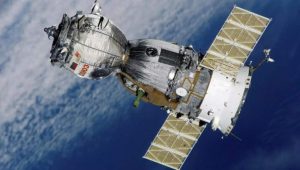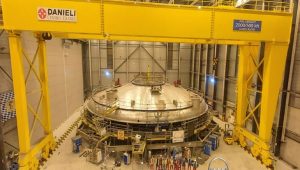The Indian Space Research Organisation (ISRO) successfully launched the NVS-1 satellite on May 29.
The NVS-1 is part of the second-generation of satellites called Navigation Indian Constellation (NavIC), which succeeds the first-generation Indian Regional Navigation Satellite System (IRNSS). It has both civilian and strategic uses.
The ISRO has already launched nine first-generation navigation satellites, one of which could not be placed as the launch vehicle crashed into the sea. The NavIC will have increased lifespan, technical capabilities, and applications.
Envisioned as a regional navigation system, the NVS-1 is the first of seven such satellites to be launched. Together, these satellites would form the regional navigation system of India or ‘Indian GPS.’ The satellite has additional capabilities. Its signals will be more secure; a civilian frequency band has been introduced.
NavIC would give India accurate and real-time satellite imagery and geospatial information. It will cover entire India and a radius of 1,500 km from Indian borders, including most of the immediate Indian neighbourhood in South Asia.
For the first time, the NVS-1 has carried a Made in India rubidium atomic clock. Earlier, imported ones were taken onboard. The Ahmedabad-based Space Applications Centre developed the clock, which ISRO said was significant as only a handful of countries possessed this important technology.















